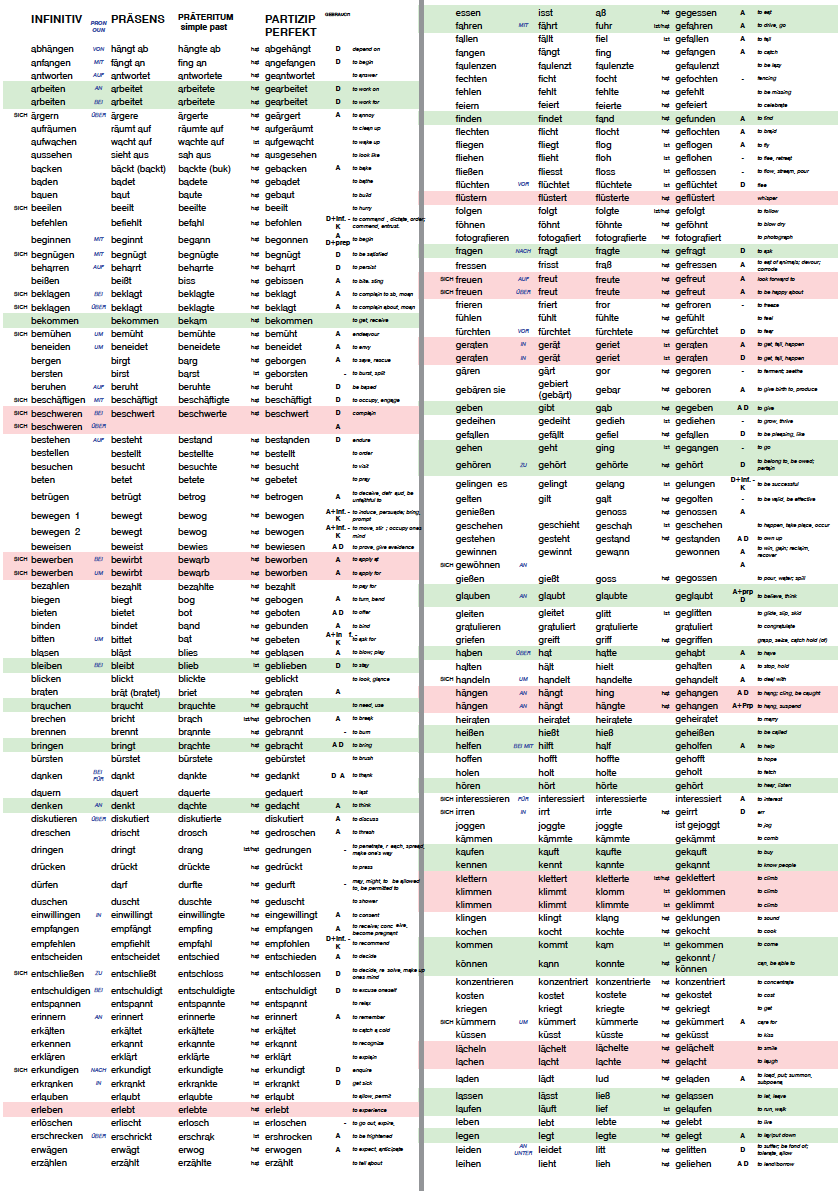

This is the question you should ask yourself when examining a sentence, looking for the dative case. But in the following table, you will see how the dative actually works. But first of all, let’s clear up what the dative actually is: In English, you could compare it to the indirect object, so the receiver of the direct object. Furthermore, it changed the word endings in all three genders and in the plural forms. The dative case is really important because it is used very frequently in every-day language, spoken or written. Unfortunately, it is getting quite serious right now. So, let’s come to the next one of German cases, the dative case.

In this case, you can note clearly the changes of word endings: Masculine and neuter take an “s” at the end, whereas feminine and plural don’t take any “s” as an ending. Now you will see that genitive changes the word endings much more than the nominative case. So, here is a table to show you the influence of the genitive case on definite and indefinite articles of a different gender. For this German case, you have to use the question… Well, it expresses the possession or expressed in an easier way: It stands for the “of…” or “‘s” in English. It is not used as frequently as the other German cases, but of course, it is still of high importance. Ladies and Gentleman, let’s go on to a little more complicated one of German cases, the genitive. So, here are some example sentences to illustrate this German case. But you will see later on how German cases have their influence on this part. Well, here are some examples for the nominative case with the nouns “der Hund” (the dog), “die Katze” (the cat), “das Pferd” (the horse).Īs you could see in this table, the nominative case does not necessarily change the indefinite article. Usually, you ask the question…Īlso, remember that the nominative case is always used after the verbs “sein” (to be) and “werden” (to be). This German case is used for a person, for an animal or for a thing doing an action. So, this is the first one of German cases, the nominative case. So, let’s have a closer look on each one of our four German cases below. So, what is a German case? You could see it as a special category in German grammar, consisting of nouns, pronouns, adjectives, participles, and numerals which have a certain form that determines their function in a sentence.Īctually, the most important facts are that we have four German cases:Īnd that these German cases are responsible for the endings of adjectives, indefinite articles and when to use which personal pronoun. After that, we are going to structure and explain German cases. First of all, I want to define, what a case actually is. Unfortunately, we are going to start with the worst but also the most important part of this article and directly explain the four cases in German.

for nouns used as direct object in a sentence with more than one object.after certain prepositions like “ durch, für, gegen, ohne, um“.after particular verbs as accusative object, for example “ haben, singen, spielen, komponieren, …“ ,.You use the accusative case in the following situations: as indirect object in sentences with more than one object.Ī noun is in the fourth case, the accusative, when it refers to the direct object of the sentence, for which one asks “ Wen oder was?“.after particular prepositions, like “aus, bei, bis zu, gegenüber, mit, nach, seit, von, zu”,.after particular verbs ( dative object), for example “gehören, helfen, antworten”,.The dative is applied in the following contexts: The question you ask to determine the dative is “Wem oder was?”. in the context of certain verbs which come with a genitive object,Ī noun is expressed in the third case, the dative, when it forms part of the predicate of the sentences in the sense of an indirect object.



 0 kommentar(er)
0 kommentar(er)
